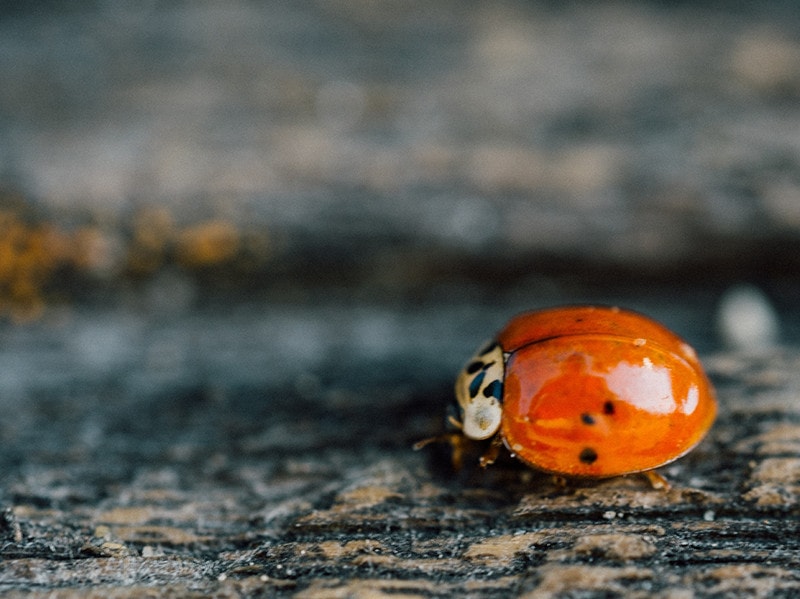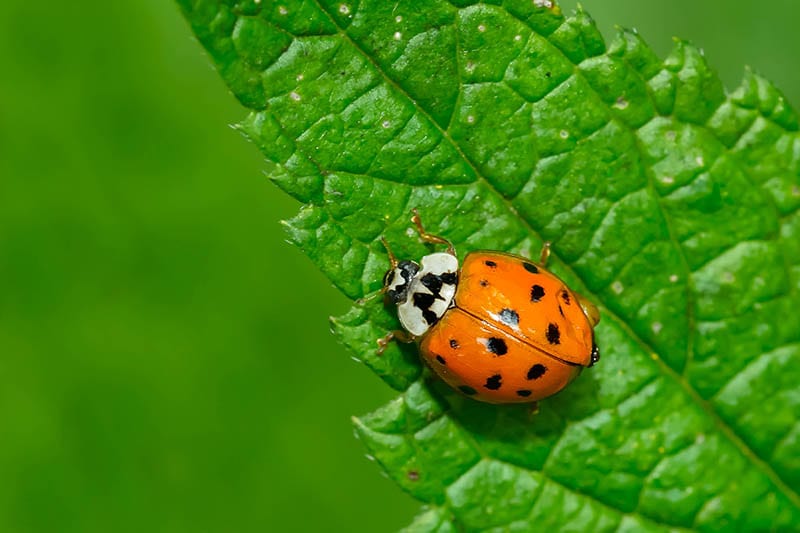Are There Orange Ladybugs? What Are They Really?
-
Ed Malaker
- Last updated:

Many people are familiar with common ladybugs, but it can be puzzling when there are ones that look orange instead of red. Orange ladybugs do exist, but they tend to get confused for other beetles, so keep reading as we explain what an orange ladybug is, along with other insects.
What Is an Orange Ladybug?
Asian Lady Beetle
The Asian Lady Beetle is likely the orange ladybug that most people see. It’s similar in appearance to the common ladybug but has a deep orange color instead of red. It can be other colors too, depending on the food that it eats. As the name suggests, it originated in Asia and came to the United States later. These insects tend to pile up on the sides of buildings and can invade homes during the fall season. However, despite being invasive, many people consider them beneficial insects because their diet is primarily aphids and other harmful insects.

Convergent Lady Beetle
A common insect similar to the ladybug is the Convergent Lady Beetle. This bug will often have an orange body but can also be red and even lay orange eggs. These insects are predators that commonly feed on aphids, so many farmers like to use them as a form of pest control.
Squash Lady Beetle
The Squash Lady Beedle is an orange or copper-colored ladybug that will also have an orange head, unlike other ladybugs. As the name suggests, you will usually find these bugs in the garden, mostly on the eastern side of the country.

Mexican Bean Beetle
The Mexican Bean Beetle is a light-colored bug that resembles the common ladybug. Its color ranges from pale yellow to orange, with several black marks on the body. Unlike most of these other beetles, the Mexican Bean Beetle doesn’t eat other insects. Instead, it eats garden vegetables, like beans, tomatoes, and flowers.
American Five-Spotted Lady Beetle
The American Five-Spotted Lady Beetle is a species of ladybug that can be seen anywhere in America, but it is most prevalent on the Pacific coast. It prefers to overwinter at high elevations on the side of mountains or the base of trees and eats aphids and other insects, so they can be quite helpful to have around a farming community.
Other Ladybugs
There are about 22 species of ladybug in the United States and many more worldwide. Most of these insects will have an orange color, depending on the type of food that they eat. For example, a ladybug can be white, yellow, orange, or red, and its spots can vary in darkness.

Older Ladybugs
As the ladybug ages, its color can start to fade, and a ladybug that was once red can fade to orange. Its spots may also begin to fade out as it ages and can be more difficult to see.
 Are Orange Ladybugs Harmful?
Are Orange Ladybugs Harmful?
The vast majority of ladybugs, including the Asian Lady Beetle, have a diet that consists primarily of insects, including aphids, which can cause a great deal of damage to crops, so most people consider ladybugs to be helpful insects. However, they can gather and invade your house in large numbers in the fall when the temperature drops and they begin looking for shelter. While they don’t usually carry diseases, damage the structure that they inhabit, or lay eggs inside, an infestation can include thousands of bugs that can overwhelm a homeowner. These bugs also leave behind pheromones that will attract more bugs to the same site, so the problem will likely continue year after year. Sealing small cracks around your home can prevent them from coming into the house in the first place.
 Conclusion
Conclusion
The Asian Lady Beetle is an invasive bug that resembles the common red ladybug but has an orange color. It came to America in the 1980s and has steadily increased its population, which is likely why you see them more often. However, more than 20 species of ladybug are native to the country, and many of them can take on an orange color depending on their diet and age. The Mexican Bean Beetle and Squash Lady Beetle are also frequently orange and usually stick to gardens and areas with plenty of vegetation.
See also:
- What Do Ladybugs Like to Eat? The Interesting Answer!
- 6 Different Types of Ladybugs: Did You Know There Are That Many?
Contents
